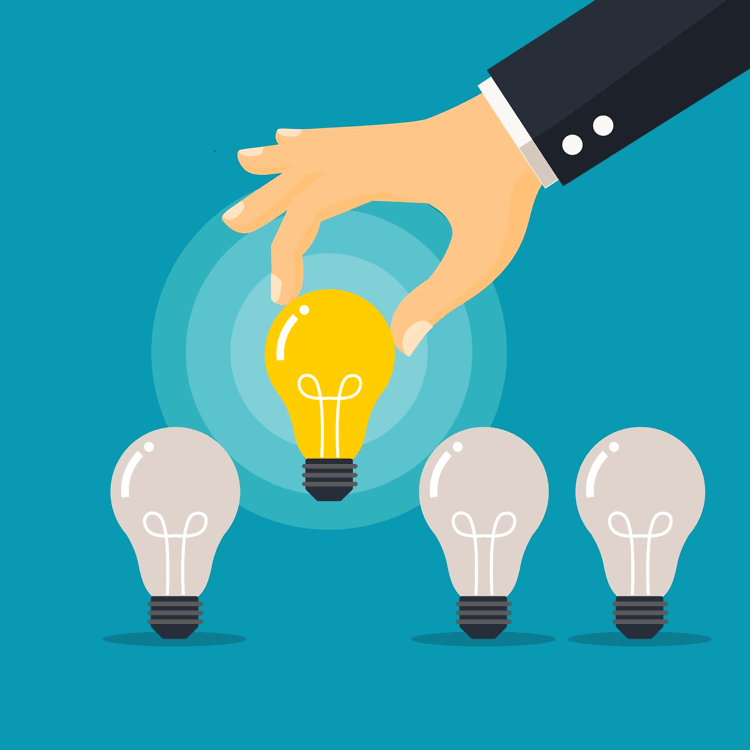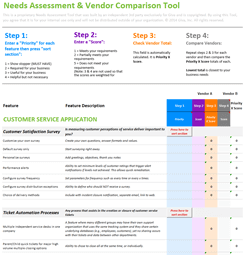15 Top Strategies to Ensure Customer Satisfaction
As businesses try to stand out in a competitive market, creating a good customer experience strategy has become critical. The importance of this lies not just in the fact that it leads to higher customer satisfaction, but more importantly, it impacts the bottom line.
Recent studies have confirmed the crucial link between customer experience and business outcomes. According to a report by Forrester, mass market auto manufacturers that improve their CX scores by 1 point can lead to a whopping $1 billion+ in extra revenue.
For small businesses, the stakes are also high. A PwC report indicates that 32% of customers would stop doing business with a brand they loved after one bad experience. Negative experiences in these settings could be detrimental when an organization wants to build and retain a client base.
In today's world, customers stick with businesses that provide good service. A well-planned strategy for customer experience is critical for any business that wants to grow. This blog post will explain the key elements of a good customer experience strategy, helping organizations make their customer interactions more profitable.

15 Ways to Strengthen Your Customer Satisfaction Strategy
As businesses work to perfect their customer satisfaction strategy, several key components come into play. In this section, we will explore 15 impactful ways that together form a robust and impactful customer experience strategy. Each action helps build a customer-centric culture that fuels customer satisfaction, retention, and loyalty. So, let's dive in:
-
Understand Customer Expectations
Begin building an exceptional customer experiences strategy by working to understand what your customers want. Then, meet their expectations consistently.
How to: Regularly interact with your customers through focus groups, social media interactions, or direct feedback sessions. Listen actively and adjust your strategies based on their input.
-
Cultivate a Customer-Centric Culture
Cultivating a culture that places customers at its core delivers high-quality experiences. It also builds brand advocates that are not directly on your payroll.
How to: Foster this by embedding customer values into your mission and vision statements. Train your team to always ask, "How will this benefit the customer?" during decision-making.
-
Invest in Employee Training
Equip your staff with the skills to handle diverse customer needs. A well-trained team can provide exceptional customer experiences.
How to: Organize regular workshops, webinars, and on-the-job training. Consider hiring experts or investing in online courses to keep your team updated with the latest customer service trends.
-
Offer Quality Products or Services
High-quality offerings drive customer satisfaction and loyalty, turning customers into brand advocates. Remember, a higher quality product likely results in fewer calls for service.
How to: Work with material vendors that have a proven track record of providing quality items. Visit production sites regularly and introduce quality checks at every stage of product development or service delivery. Customer feedback also plays an important role here.
-
Ensure Consistent Brand Experience
Ensure every customer touchpoint is cohesive and reflective of your brand. This consistency can significantly enhance customer satisfaction and loyalty.
How to: Create brand guidelines that include visual, verbal, and experiential standards. Train your team across all departments to adhere to these guidelines.
-
Deliver an Omni-Channel Experience
Further satisfy customers by delivering seamless experiences across a wide range of channels. Focus on ensuring convenience and accessibility. This is a key contributor to an effective customer satisfaction strategy.
How to: Stay up to date on preferred customer communication channel trends. Be on as many of them as allows for prompt response from your team. Employ tools that provide for seamless tracking of customer interactions regardless of the platform they choose.
-
Personalize Experiences
Personalize experiences based on individual customer preferences. This can make them feel valued, leading to increased customer retention.
How to: Use CRM systems to capture and analyze customer data. Based on insights, tailor your communications, offers, and services to individual customer needs.
-
Practice Effective Communication
Transparent and timely communication can elevate the customer experience. It fosters trust and shows the customer you are interested in them.
How to: Draft a communication guide detailing response timeframes and tone. For example, train staff to adhere, ensuring replies within 24 hours for emails and 2 minutes for live chats. Use CRM or ticketing systems to track and ensure transparent interactions.
-
Conduct Customer Satisfaction Surveys
Regularly conduct surveys to provide direct insights into the customer's experience. This can help you identify areas for improvement.
How to: Implement tools like Net Promoter Score (NPS) or Customer Satisfaction (CSAT). Ensure the survey process is hassle-free for the customer, with a mix of open and closed questions.
-
Implement Customer Feedback
Use customer feedback to drive improvements in your services or products. Doing so shows your commitment to a customer-centric culture.How to: Set up a feedback loop, prioritizing suggestions in team meetings. Implement actionable insights and periodically update customers on changes inspired by their feedback.
-
Engage in Proactive Customer Engagement
Engage customers proactively through various channels. Anticipating their needs helps keep your brand top-of-mind, improving customer retention.
How to: Plan regular outreach efforts such as newsletters, promotional offers, or educational webinars. Use automation tools to schedule and manage these engagements.
-
Streamline Complaint Resolution
Prove your commitment to ensuring customer satisfaction with swift and effective complains resolutions. Fast results bring higher customer loyalty.How to: Create a centralized system where complaints are logged and monitored. Set up strict turnaround times and provide staff with the autonomy to make decisions that benefit the customer.
-
Design Loyalty Programs
These programs reward repeat customers, and encourage repeat business.
How to: Design loyalty programs offering tiered rewards based on purchase history or engagement levels. Update rewards quarterly based on customer preferences. Promote exclusive benefits through targeted email campaigns or app notifications.
-
Make Data-Driven Decisions
Use customer data to inform decisions about product improvements or strategic changes. Being data drive can lead to more tailored and exceptional customer experiences.
How to: Invest in analytics tools, especially those integrating customer behavior and purchase data. Encourage a culture where teams rely more on these insights than they do on intuition when making decisions.
-
Embrace Technological Adoption
Embrace technology such as chatbots for customer service can increase efficiency. Quick self service adds another layer to your customer satisfaction strategy.
How to: Stay updated with tech trends relevant to customer service. Integrate tools like AI chatbots or predictive analytics to enhance efficiency and anticipate customer needs.
The Bottom Line: How to Satisfy Customers with a Customer-First Mindset
In business today, the power of a strong customer experience strategy cannot be overstated. The 15 techniques we discussed are critical to making your strategy a success. They involve understanding your customers' needs, delivering quality at every touchpoint, and staying in tune with their feedback. By fostering a culture that values the customer and by leveraging technology to enhance their experiences, you set your business on a path to lasting success. Remember, it's the customer-first businesses that stand out in today's market.
In this context, a tool such as Giva's cloud-based Customer Service Software emerges as a compelling choice. It provides HIPAA-level security, a searchable knowledge base, a self-service portal for customers, and unique features like Tsunami Tickets™ to handle high-priority issues. It also offers task automation and customization options for various departments or service organizations.
You can try this customer-first technology by Giva free for 30-days. Not sure if this product is a fit? Try the complimentary assessment tool. Act now, and provide your customers with the exceptional service they deserve.





